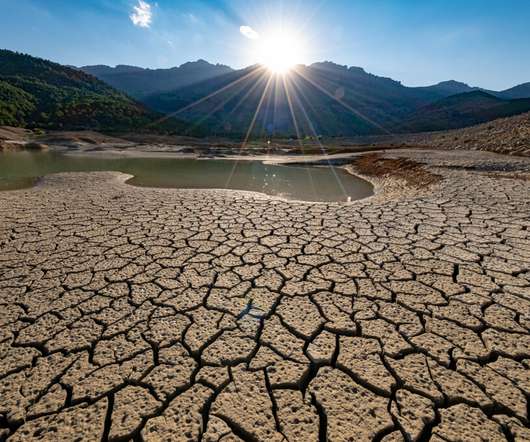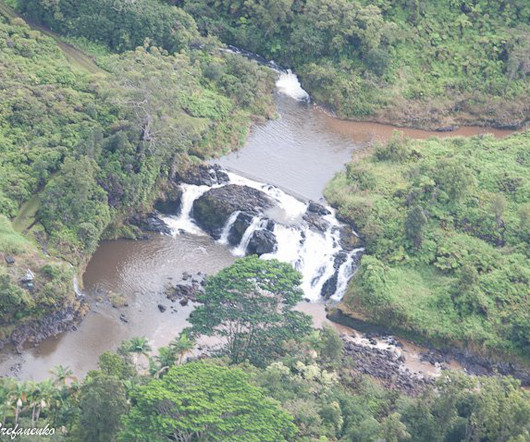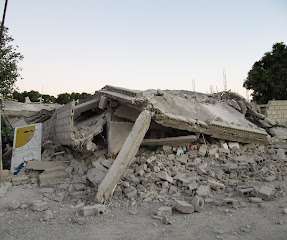The Rohingya refugee crisis: Four years on
Crisis Response Journal
AUGUST 22, 2021
August 2021: This week, the CRJ will mark the anniversary of this event with a series of blogs looking at at gender-based violence, disaster risk reduction in the camps and the effects of the Covid-19 pandemic



















Let's personalize your content